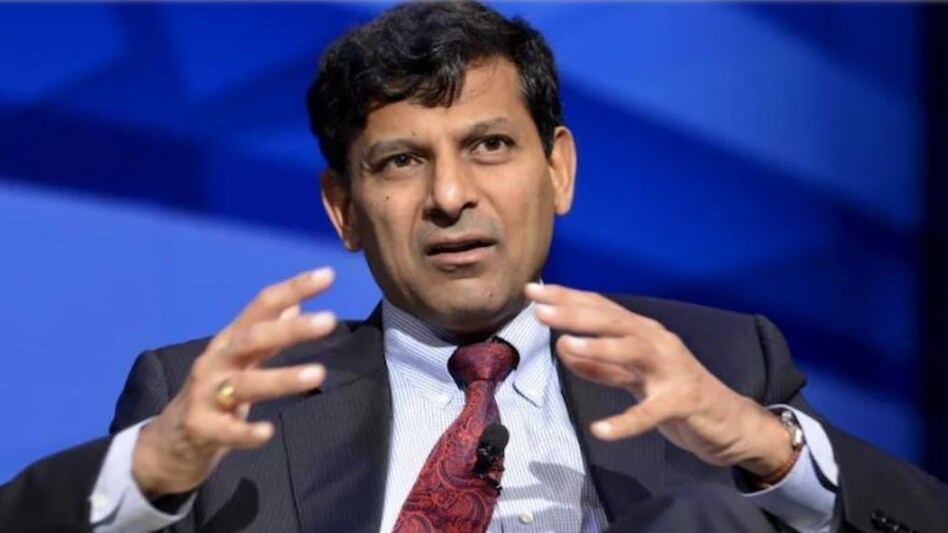 India’s food inflation remains a persistent challenge, despite efforts by the RBI and government.
India’s food inflation remains a persistent challenge, despite efforts by the RBI and government. India’s food inflation remains a persistent challenge, despite efforts by the RBI and government.
India’s food inflation remains a persistent challenge, despite efforts by the RBI and government.Former RBI governor Raghuram Rajan has cautioned against the exclusion of food prices from inflation calculations. He argues that removing such a critical component of inflation could erode the public’s trust in the central bank’s ability to manage the economy effectively.
“If you leave out some of the most important parts of inflation and tell them inflation is under control, but food prices are going through the roof… they would not have great faith in the Reserve Bank,” Rajan said in an interview with PTI.
Food prices are a major factor in India’s inflation dynamics, with nearly half of the Consumer Price Index (CPI) basket dedicated to food.
Despite calls for recalibration of this figure, Rajan insists that food inflation cannot be dismissed, as it directly affects household spending and public perception of economic stability.
Chief Economic Advisor V. Anantha Nageswaran, in the Economic Survey 2023-24, had suggested excluding food inflation from benchmark interest rate considerations, citing limited control of monetary policy over volatile food prices.
According to Nageswaran, food inflation is often driven by supply-side issues, which central banks cannot easily address through rate adjustments.
Rajan, however, firmly opposes this view. He believes that while central banks may not be able to influence short-term food price fluctuations, sustained food inflation indicates deeper structural issues that the central bank must monitor. “You cannot affect food prices in the short run, but if food prices stay high for a long time, that does imply there are constraints on producing food relative to the demand,” Rajan explained.
Rajan’s concern is that disconnecting food inflation from official figures could lead to a situation where consumers, facing rising food prices, would lose confidence in the central bank’s statements about inflation being under control. He referenced past periods when the RBI targeted the Producer Price Index (PPI), which was disconnected from the public’s real-world inflation experience.
India’s food inflation remains a persistent challenge, despite efforts by the RBI and government. Measures like selling vegetables and pulses at lower prices and imposing stock limits aim to mitigate rising costs. However, staples like vegetables and pulses continue to drive up inflation, putting additional pressure on consumers.
A government panel is also considering reducing the weight of food in the CPI basket by up to 8 percentage points. The current basket is based on consumer spending patterns from 2011-12, and economists argue it no longer reflects India’s modern consumption habits. Despite this, Rajan and RBI Governor Shaktikanta Das have voiced concerns over sidelining food inflation, noting that it makes up a significant share of the CPI and influences public perception of inflation.
In comparison, food prices in developed countries like the U.S. or Germany have a smaller impact on inflation, making their monetary policies less affected by food price fluctuations. However, in India, where food demand is less elastic, the central bank must carefully balance food and core inflation to ensure public trust in its inflation management remains intact.